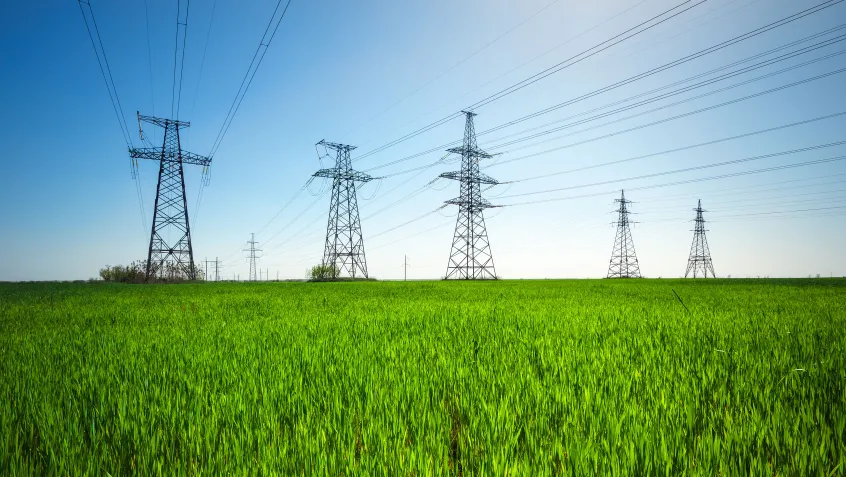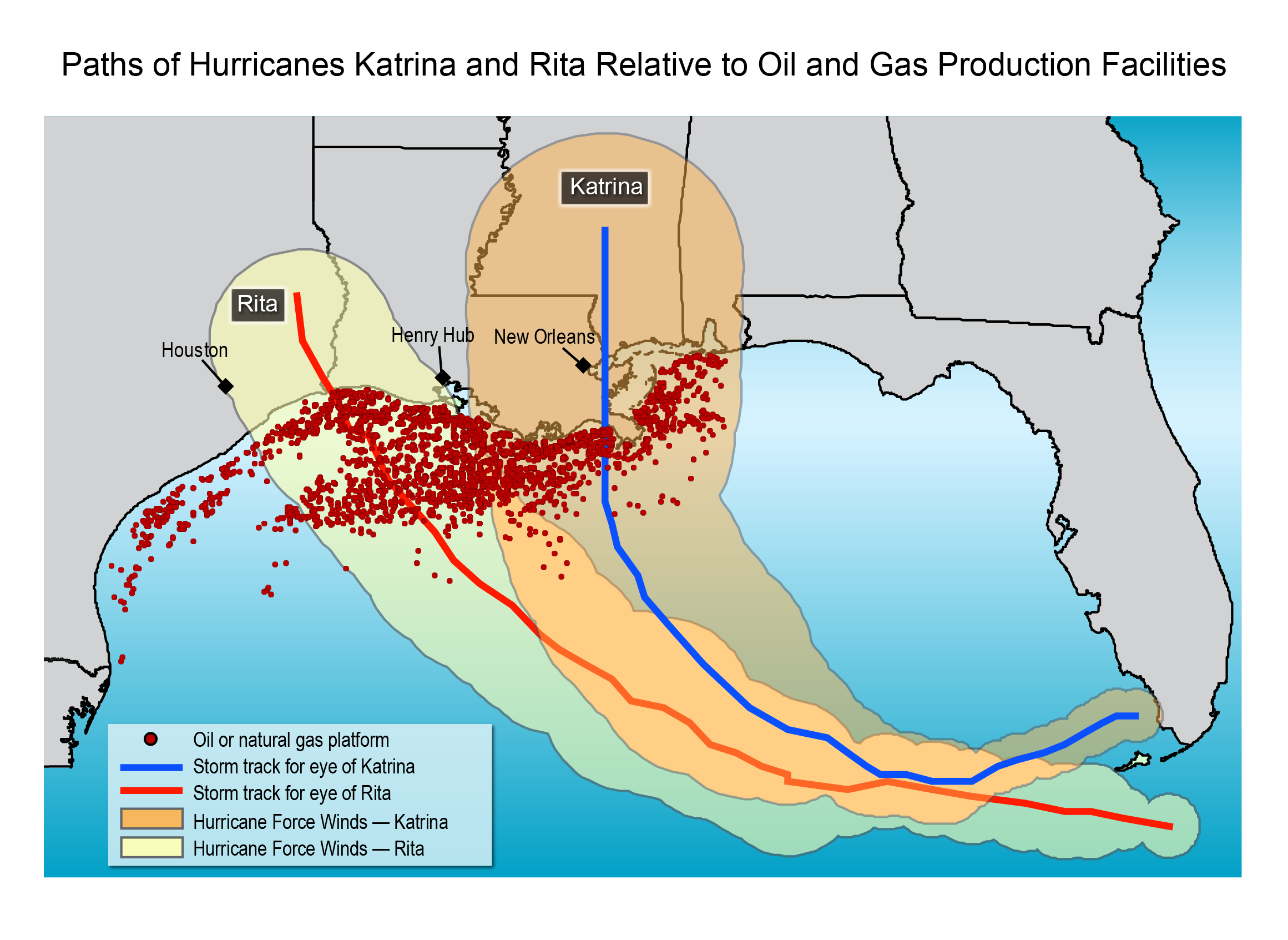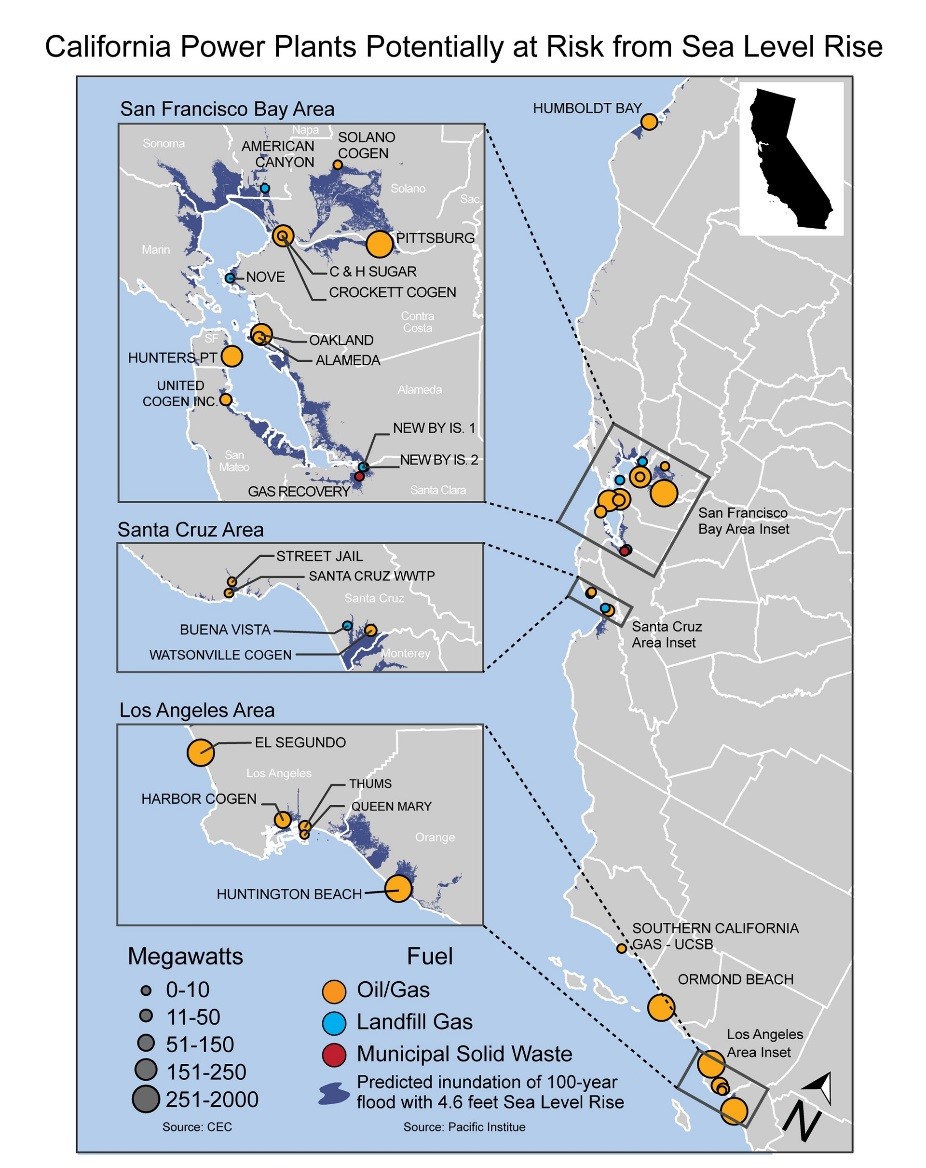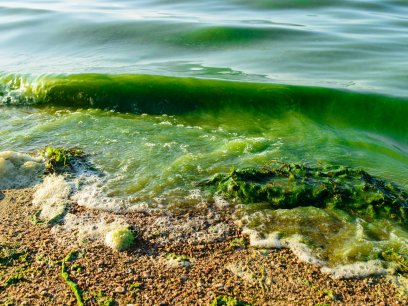Story
Energy Disruptions

A changing climate affects how much energy is produced, delivered, and consumed in the United States. Changes in temperature, precipitation, sea level, and the frequency and severity of extreme events have the ability to damage energy infrastructure, resulting in energy shortages that harm the economy and disrupt people's daily lives. For example, more than 100 oil drilling platforms and 558 pipelines were damaged in 2005 by Hurricanes Katrina and Rita.
Not all areas of the US face the same threats from a changing climate and the energy infrastructure in each is vulnerable to climate-related impacts.
- In the Northeast, increased temperatures are likely to drive up electricity demand in the summer and can reduce the capacity of power plants during those periods. Along the coast, grid equipment and power plants are vulnerable to rising sea levels and empowered storm surges. Inland, increased rates of precipitation can endanger roads, railroads, refineries, and power lines that are used to transport electricity.
- In the Northern Great Plains, railroads and pipelines that are used to transport coal, crude oil, and biofuel across the nation are vulnerable to increasing heavy rains and extreme heat. In addition, more heat waves can reduce the yields of crops used for biofuels.
- In the Northwest, which relies on hydropower as a major source of electricity, and the Southwest, warmer temperatures and reduced mountain snowpack will lead to less available hydropower during the summer months when demand is highest. Increased wildfires may also disrupt electricity transmission lines.
- In the Southeast and Southern Great Plains, more frequent and longer-lasting heat waves are expected to increase peak electricity demand. More intense hurricanes, storm surge, and coastal erosion threaten oil and gas production and pipelines. In low-lying areas, energy infrastructure may be prone to increased rates of flooding.
Learn More
- The figure below shows how a substantial portion of US energy facilities located on the Gulf Coasts and offshore in the Gulf of Mexico are particularly vulnerable to hurricanes and other storms and sea level rise.
Image

- The graphic below shows power plants in California that are susceptible to sea level rise by type and size.
Image

What you can do
- October is Energy Awareness Month, take a few easy steps to help make sure that you're not burning through your heating budget, and that heat—and your money—is staying inside of your home, rather than leaking out into the cold.
Sources
- EPA. 2016. "Climate Impacts on Energy." Accessed October 9, 2018. http://web.archive.org/web/20170121000333/https://www.epa.gov/climate-i…
- DOE. 2015. "Map: How Climate Change Threatens America's Energy Infrastructure in Every Region." Accessed October 9, 2018. http://energy.gov/articles/map-how-climate-change-threatens-america-s-e…
- NCA. 2014. "Energy Supply and Use." Accessed October 9, 2018. http://nca2014.globalchange.gov/report/sectors/energy
Topics


